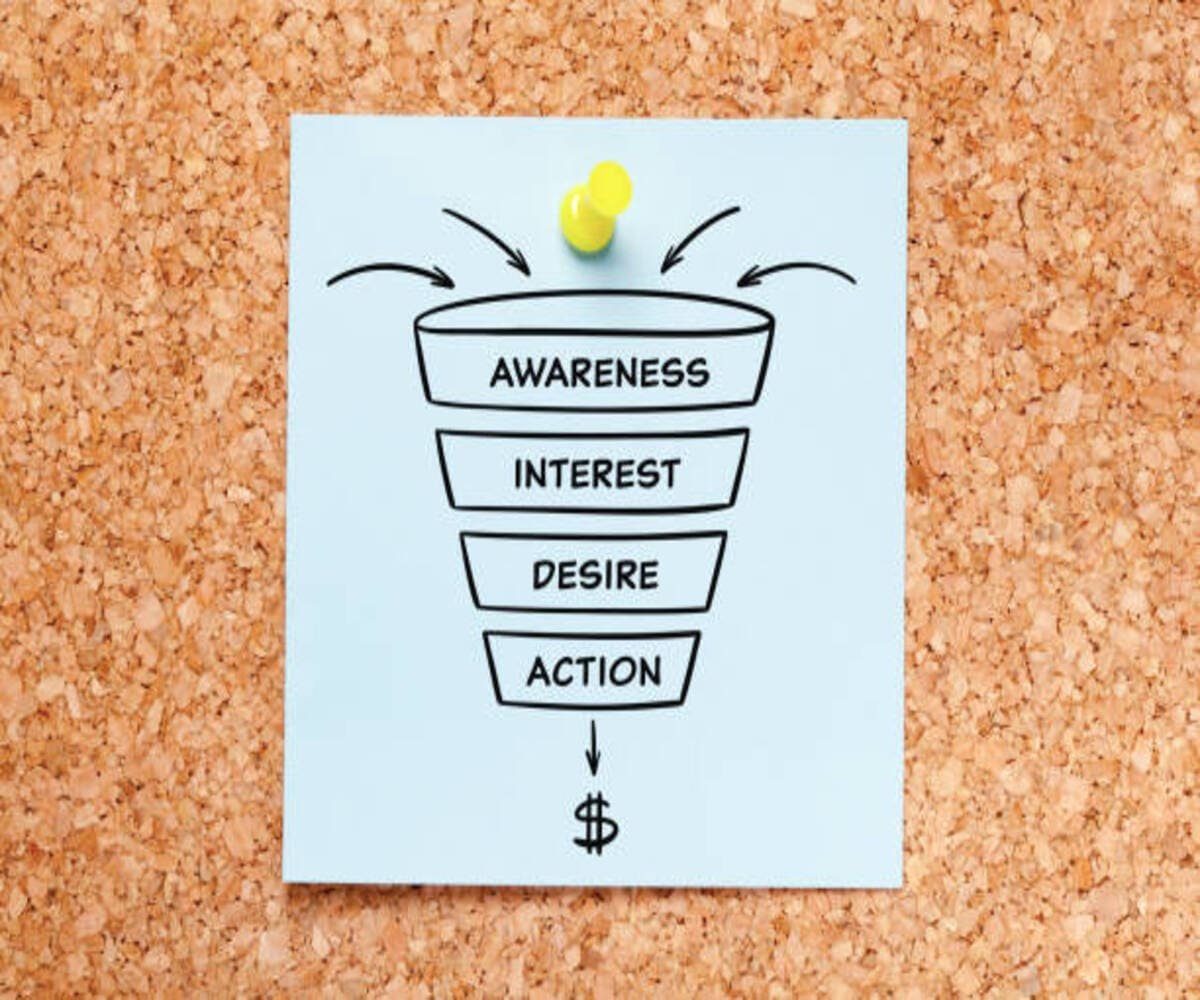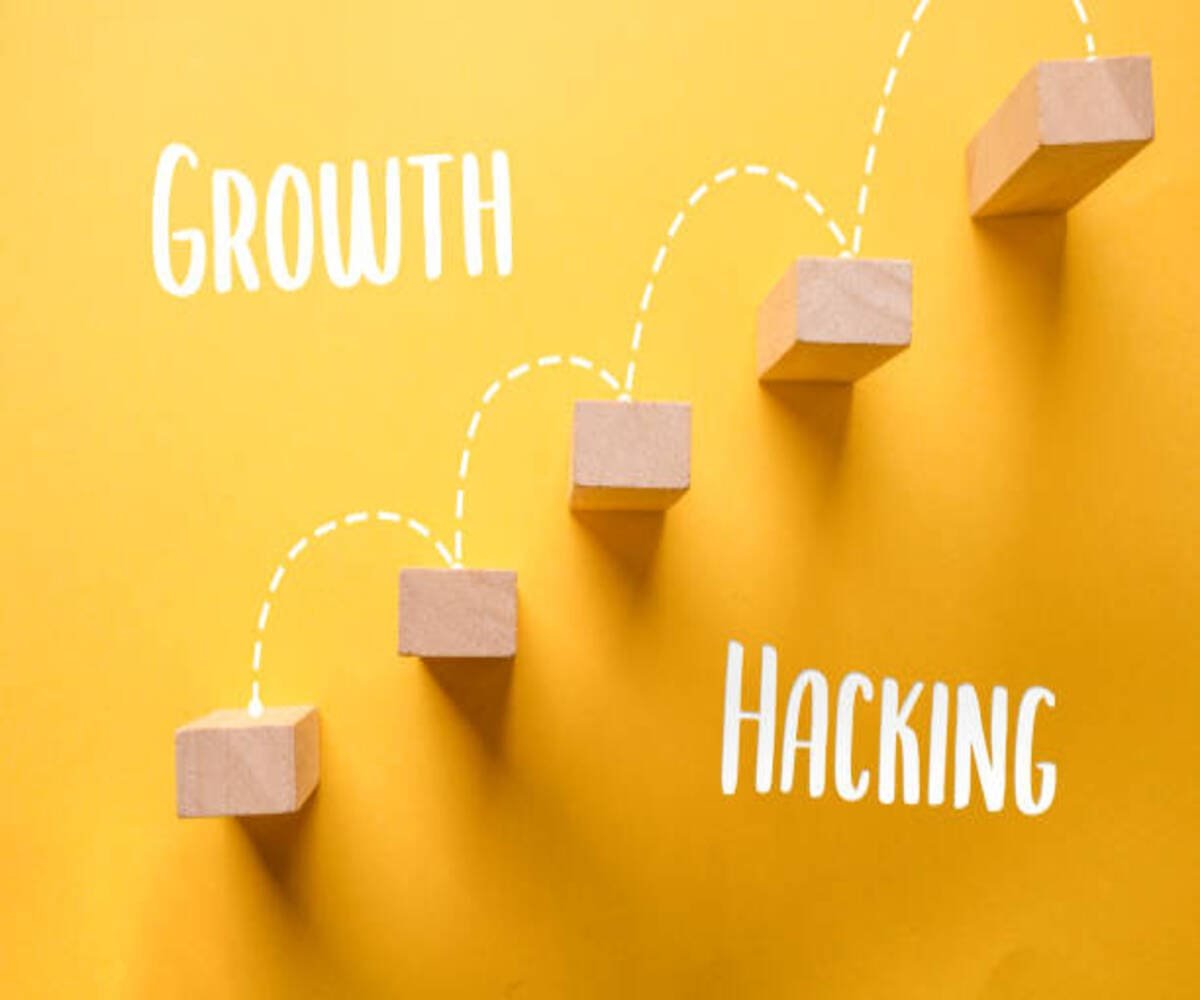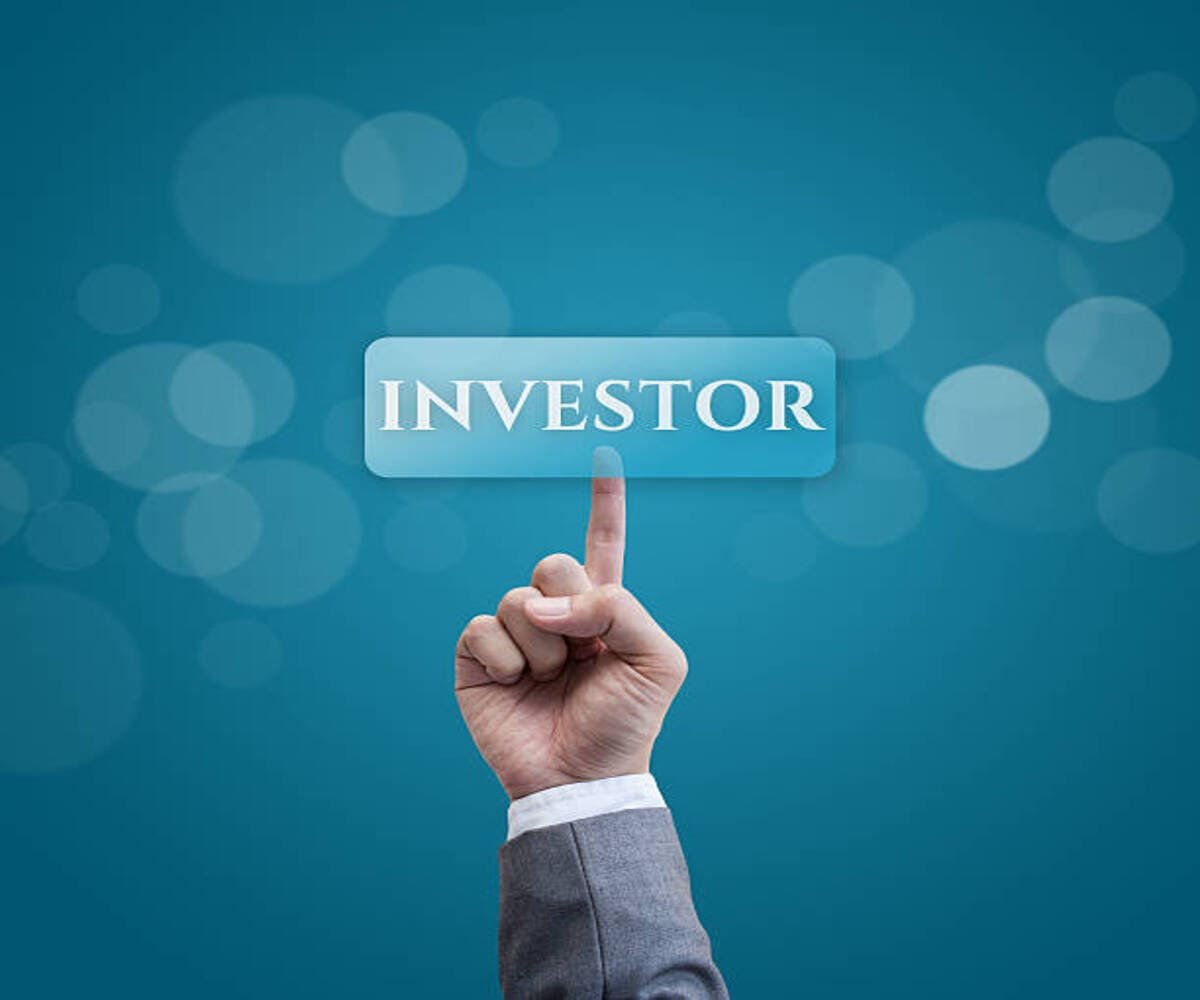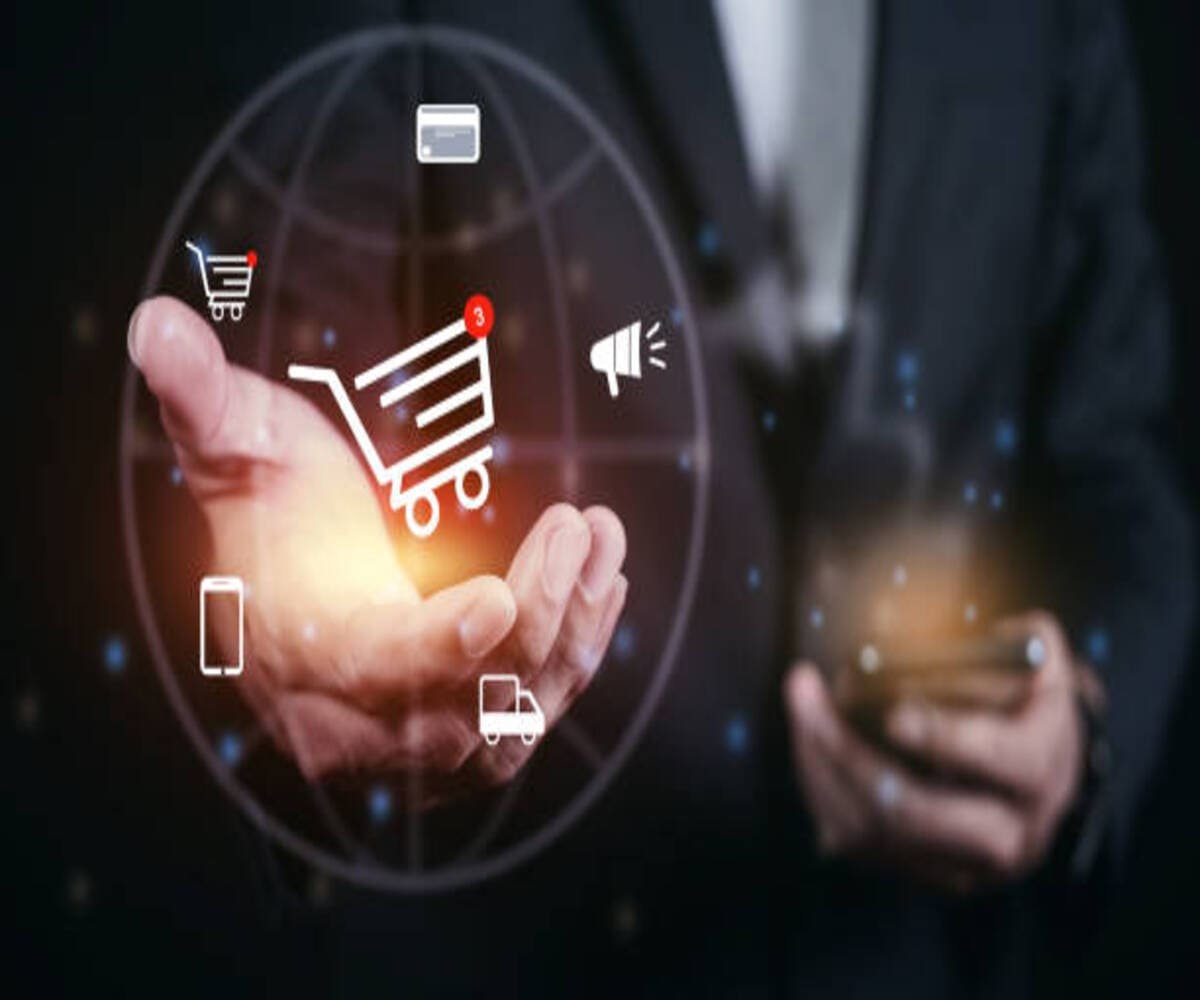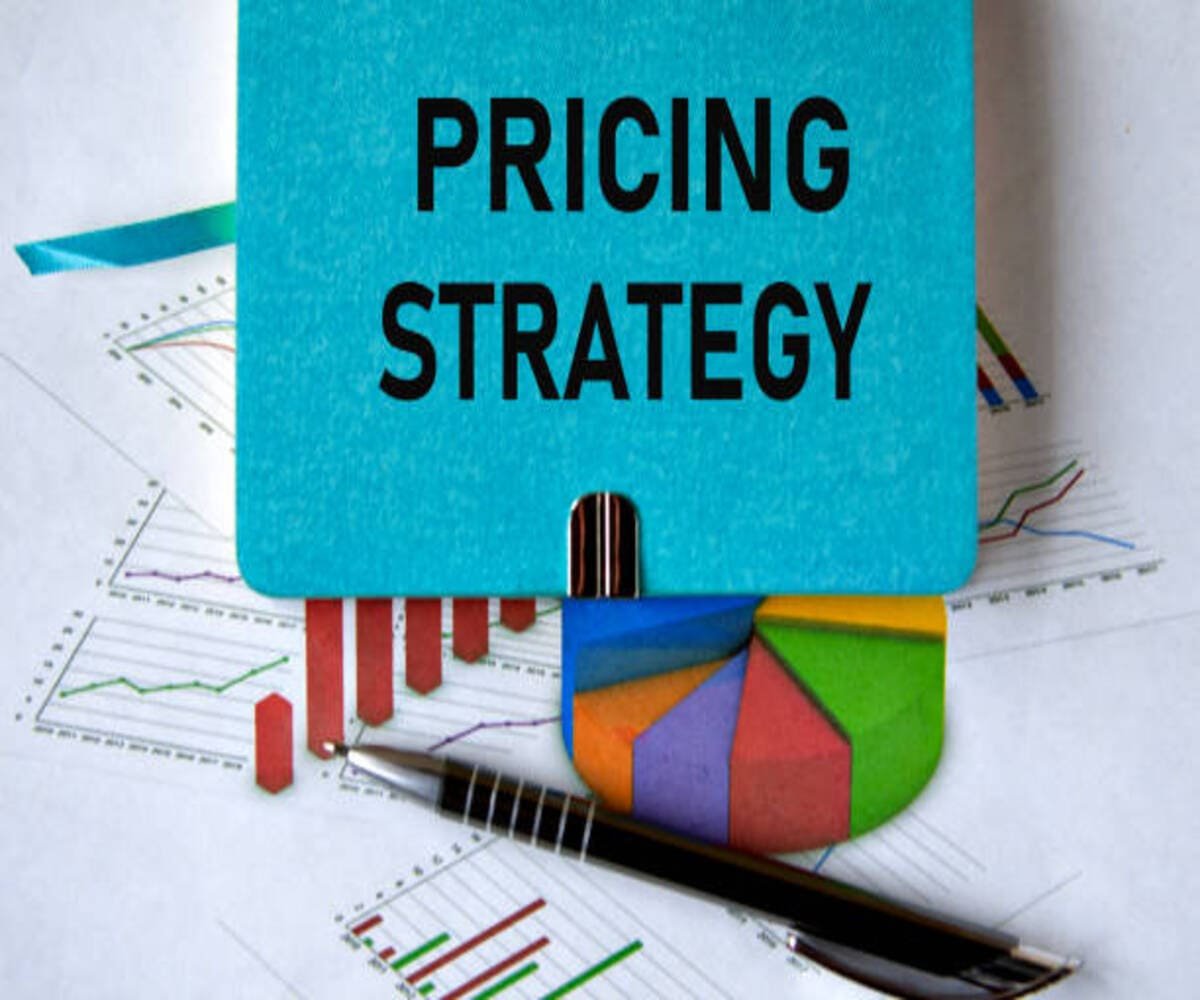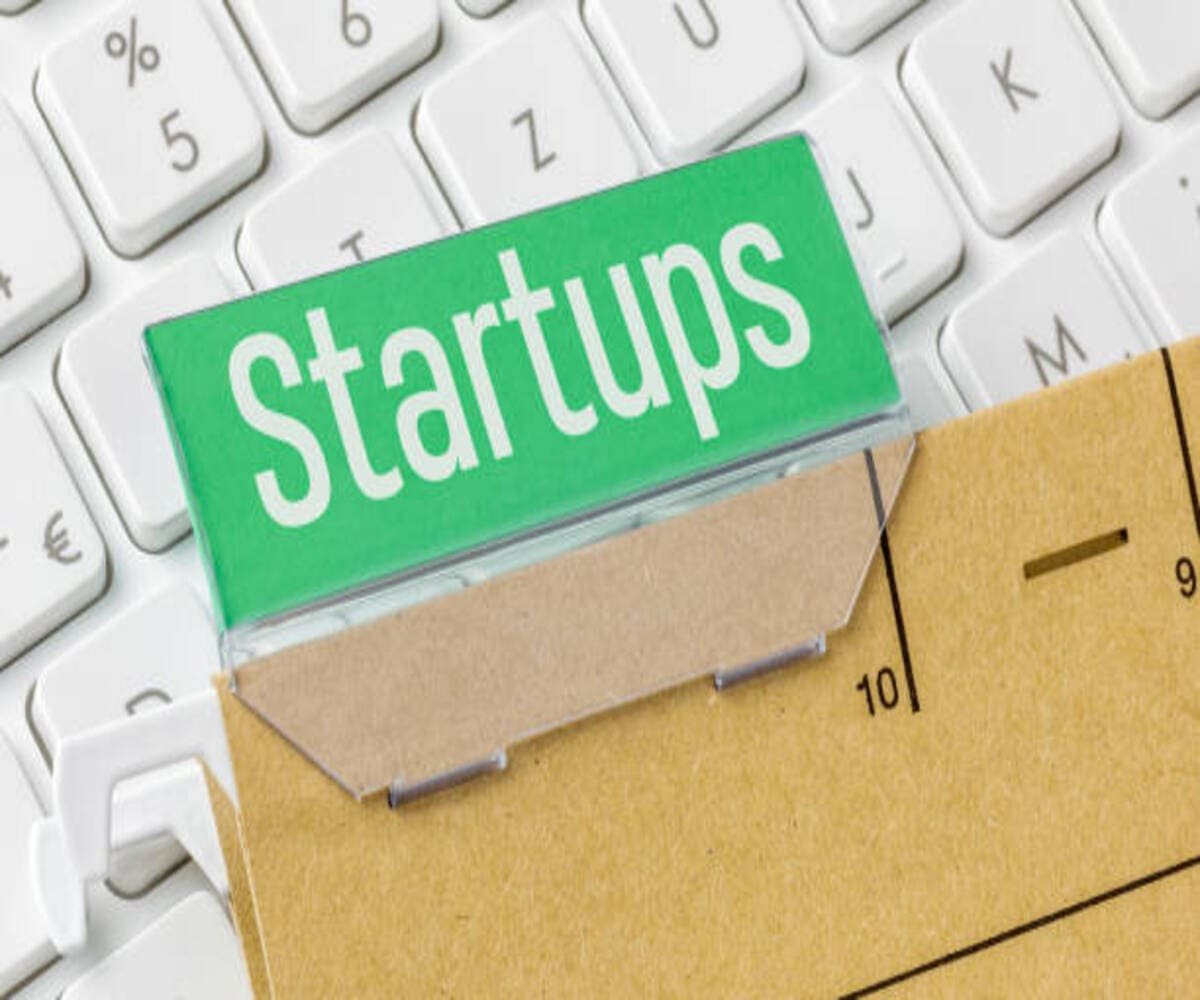Introduction
A well-structured sales funnel is crucial for converting leads into paying customers. Startups must focus on optimizing each stage of the funnel to improve conversion rates, customer engagement, and revenue growth. This guide covers key strategies for building and optimizing sales funnels to achieve scalable success.
Key Learning Objectives
- Understand Sales Funnels – Learn the different stages of a high-performing sales funnel.
- Optimize Conversion Rates – Enhance user experience to boost conversions.
- Leverage Automation & Analytics – Use data-driven insights for better results.
- Reduce Drop-Off Rates – Identify and fix bottlenecks in the sales process.
- Scale Customer Acquisition – Implement proven strategies for sustainable growth.
1. Understanding Sales Funnels
A sales funnel represents the journey a prospect takes from discovering your business to becoming a loyal customer. It consists of four main stages:
a. Awareness Stage (Top of the Funnel – TOFU)
- Objective: Attract potential customers.
- Tactics: SEO, content marketing, social media, paid ads, PR.
- Metrics: Website traffic, social media engagement, brand mentions.
b. Interest & Consideration Stage (Middle of the Funnel – MOFU)
- Objective: Engage and nurture leads.
- Tactics: Email marketing, lead magnets, case studies, webinars, free trials.
- Metrics: Email open rates, lead magnet downloads, webinar attendees.
c. Decision Stage (Bottom of the Funnel – BOFU)
- Objective: Convert leads into paying customers.
- Tactics: Product demos, testimonials, limited-time offers, retargeting ads.
- Metrics: Conversion rates, demo requests, sales.
d. Retention & Loyalty Stage
- Objective: Encourage repeat purchases and referrals.
- Tactics: Loyalty programs, follow-up emails, upselling, customer support.
- Metrics: Customer Lifetime Value (LTV), churn rate, Net Promoter Score (NPS).
2. Optimizing Conversion Rates
a. Crafting High-Converting Landing Pages
- Use a clear and compelling headline.
- Implement a strong Call-to-Action (CTA).
- Optimize for fast loading speeds and mobile responsiveness.
- Include trust signals (e.g., testimonials, certifications, security badges).
b. A/B Testing & Data-Driven Optimization
- Test different headlines, CTA placements, colors, and offers.
- Use tools like Google Optimize, Optimizely, and Hotjar.
- Monitor key metrics: bounce rate, time on page, and click-through rates (CTR).
c. Reducing Friction in Checkout Process
- Offer guest checkout options to minimize barriers.
- Reduce form fields to only essential information.
- Provide multiple payment methods (credit card, PayPal, digital wallets).
3. Leveraging Automation & Analytics
a. Implementing Marketing Automation
- Use email sequences to nurture leads at each funnel stage.
- Automate follow-ups and abandoned cart reminders.
- Personalize content based on user behavior.
b. Tracking & Analyzing Customer Behavior
- Use Google Analytics, CRM software (HubSpot, Salesforce), and heatmaps.
- Identify where leads drop off and refine weak funnel areas.
c. Retargeting & Remarketing Strategies
- Run retargeting ads on platforms like Facebook, Google Ads, LinkedIn.
- Personalize content based on past interactions.
4. Reducing Drop-Off Rates & Improving Engagement
a. Enhancing Customer Experience (CX)
- Offer live chat support to answer customer queries instantly.
- Provide interactive product tours or video demos.
- Ensure a seamless mobile experience.
b. Increasing Trust & Credibility
- Showcase customer reviews, success stories, and media mentions.
- Offer money-back guarantees or risk-free trials.
- Display secure payment options and certifications.
c. Optimizing Lead Nurturing
- Segment email lists based on user preferences and engagement levels.
- Send value-driven emails (educational content, special offers, industry insights).
- Use behavior-based triggers for personalized interactions.
5. Scaling Customer Acquisition with Proven Strategies
a. Leveraging Influencer & Affiliate Marketing
- Partner with industry influencers to gain credibility.
- Set up an affiliate marketing program to expand reach.
b. Growth Hacking Techniques
- Use viral referral programs (e.g., Dropbox’s “invite-a-friend” system).
- Implement interactive quizzes and gamification.
- Offer exclusive time-sensitive discounts.
c. Using AI & Chatbots for Lead Generation
- Automate lead qualification with AI-driven chatbots.
- Personalize recommendations based on user behavior.
Conclusion
A well-optimized sales funnel is the key to maximizing conversions, reducing drop-offs, and increasing customer retention. By leveraging data-driven insights, automation, and engagement strategies, startups can scale efficiently and drive sustainable revenue growth.
For expert insights on sales strategies, conversion optimization, and business growth, explore SignifyHR’s learning resources today!
Build a high-converting sales funnel and accelerate your startup’s success!

